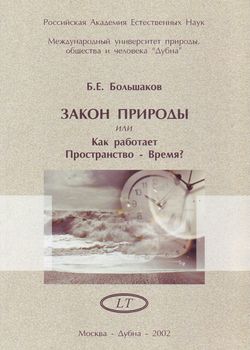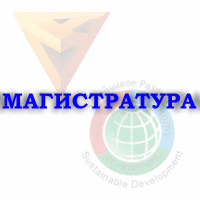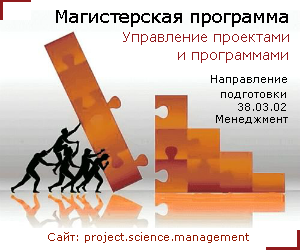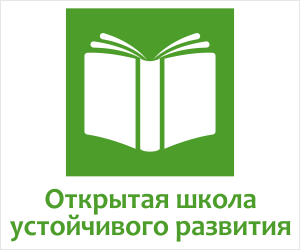Contents
Petrov Andrey Evgenyevich
PECULIARITIES OF UNITS CONVERSION IN DUAL NETWORKS
Kolin Konstantin Konstantinovich
THE CONCEPT OF FORMATION OF THE INFORMATION EDUCATION SYSTEM IN RUSSIA
Ermilov Valery Vladimirovich
SOCIO-PEDAGOGICAL PROJECT “SUCCESS OF LIFE PROSPECTS” FOR ORPHANS AND CHILDREN LEFT WITHOUT PARENTAL CARE
Kibalnikov Sergey Vladimirovich, Merkulov Alexander Alekseevich
IP LAB CONSORTIUM AS AN EXAMPLE OF THE IMPLEMENTATION OF ADDITIVE TECHNOLOGIES IN THE FIELD OF VOCATIONAL EDUCATION AND TRAINING
Burenin Aleksey Nikitich, Kuznetsov Alexandr Ivanovich
MODEL OF STRATEGIC PRIORITIES OF DEVELOPMENT OF THE RANGE
Vinokurov Egor Alexeevich
MANAGEMENT OF DEVELOPMENT OF TERRITORIES ON THE BASIS OF THE SITUATION CENTER TECHNOLOGIES
Bykov Maxim Andreevich
DEVELOPMENT OF A DATABASE FOR SOLVING THE WASTE AND SECONDARY RESOURCES MANAGEMENT PROBLEMS ON THE EXAMPLE OF THE RUSSIAN ARCTIC ZONE
Zagirov Ravil Rustemovich
OPTIMIZATION MODEL FOR HORIZONTAL WELL DRILLING
Mukhamadeeva Renata Maratovna, Bryukhova Elena Mikhailovna
APPENDIX. CURRENT STATUS AND PROBLEMS OF SOFTWARE DEVELOPMENT USING FLEXIBLE METHODOLOGIES (abstract)
Malyuga Ulyana Stanislavovna, Bryukhova Elena Mikhailovna
APPENDIX. MODERN SYSTEMS AND PROBLEMS OF AUTOMATION OF ACCOUNTING BUSINESS PROCESSES (abstract)
Ratnikov Kirill Alexandrovich, Bryukhova Elena Mikhailovna
APPENDIX. MODERN PROBLEMS OF INTRODUCING DIGITAL TECHNOLOGIES IN THE PROCESS OF SUPPLY AND COMMISSIONING OF INDUSTRIAL EQUIPMENT (abstract)

 ПОСЛЕДНИЕ ЭКЗЕМПЛЯРЫ ТИРАЖА
ПОСЛЕДНИЕ ЭКЗЕМПЛЯРЫ ТИРАЖА





